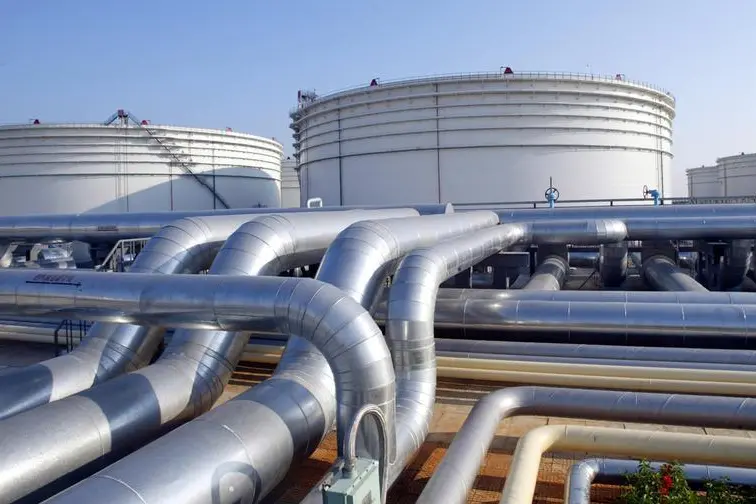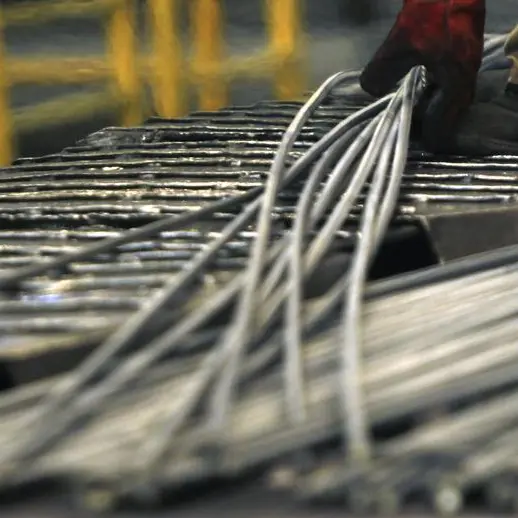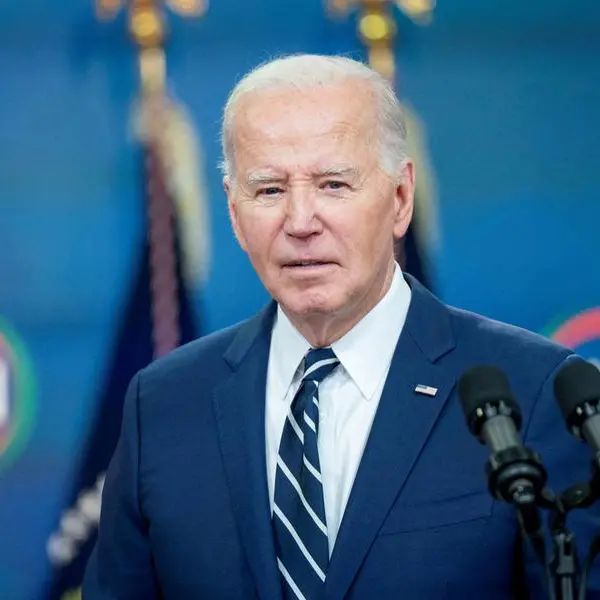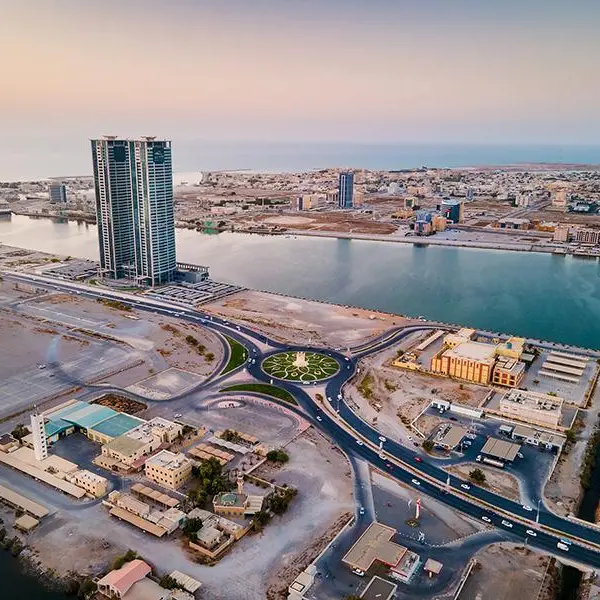PHOTO
BEIJING/SINGAPORE - China’s national offshore energy producer CNOOC Ltd will “significantly” cut capital expenditure and lower targets for oil and gas output in 2020 as oil prices plunge.
A global pact on cutting supplies between the Organization of the Petroleum Exporting Countries, Russia and other producers, a group known as OPEC+, collapsed this month, flooding the market with barrels, just as demand shriveled in the face of the coronavirus pandemic.
CNOOC, one of the industry’s lowest-cost explorers and producers, had planned to lift capital spending to 85-95 billion yuan ($13.37 billion) this year, the highest level since 2014.
While the company is still discussing the scale of the cuts, its president Xu Keqiang said on Wednesday that it “will strictly control investment, costs and the number of employees” Xu also said, again without giving further details, that the company will lower oil and gas production targets at its overseas projects, but maintain them for domestic sites.
CNOOC had planned to raise 2020 production to 525 million barrels of oil equivalent, while capital expenditure at the company was 79.6 billion yuan in 2019.
Oil prices fell to about $25 this week, putting pressure on producers around the world, although CNOOC cut its all-in production cost by 2% in 2019 to $29.78 per barrel.
However, company executives saw only limited impact on CNOOC’s operations from the coronavirus outbreak in the first quarter and February oil and gas production was higher than a year earlier. They said oil prices of $50-60 were an acceptable level for producers over the longer term.
The firm also said it was studying a plan to acquire gas terminal assets from its parent company.
CNOOC earlier on Wednesday reported a 15.9% rise in 2019 profit to 61.05 billion yuan, beating analyst forecasts of 59.1 billion yuan, according to IBES data from Refinitiv, and its best performance in five years thanks to higher oil and gas output and persistent cost control.
Revenue reached 233.2 billion yuan, up 2.4% from 2018.
The company’s realized oil prices climbed 5.8% to $63.34 per barrel while gas prices rose 2.2% to $6.27 per thousand cubic feet. Output increased 6.6% last year to 506.5 million barrels of oil equivalent.
CNOOC’s reserve life, a measure of how long its current oil and gas reserve base can last, remained above 10 years in 2019, with a reserve replacement ratio of 144%, CNOOC said in a statement filed to the Hong Kong Stock Exchange.
The Stabroek oil block in Guyana operated by Exxon Mobil Corp , Hess Corp and CNOOC, started production ahead of schedule in December and Exxon raised its Guyana oil estimates by 2 billion barrels.
CNOOC, which plans to pay a final dividend of HK $0.45 per share, also said it had made a large discovery in the Kenli 6-1 oilfield in Bohai Bay and has started production at the Bozhong 34-9 oilfield, south of the Bohai Sea.
Separately, China Oilfield Services Ltd, or COSL, which is majority owned by CNOOC, said it planned an increase of more than 50% in 2020 capital expenditure versus the previous year, to 4.8 billion yuan.
(Reporting by Muyu Xu in Beijing and Chen Aizhu in Singapore; Editing by David Clarke, Kirsten Donovan)
© Reuters News 2020











